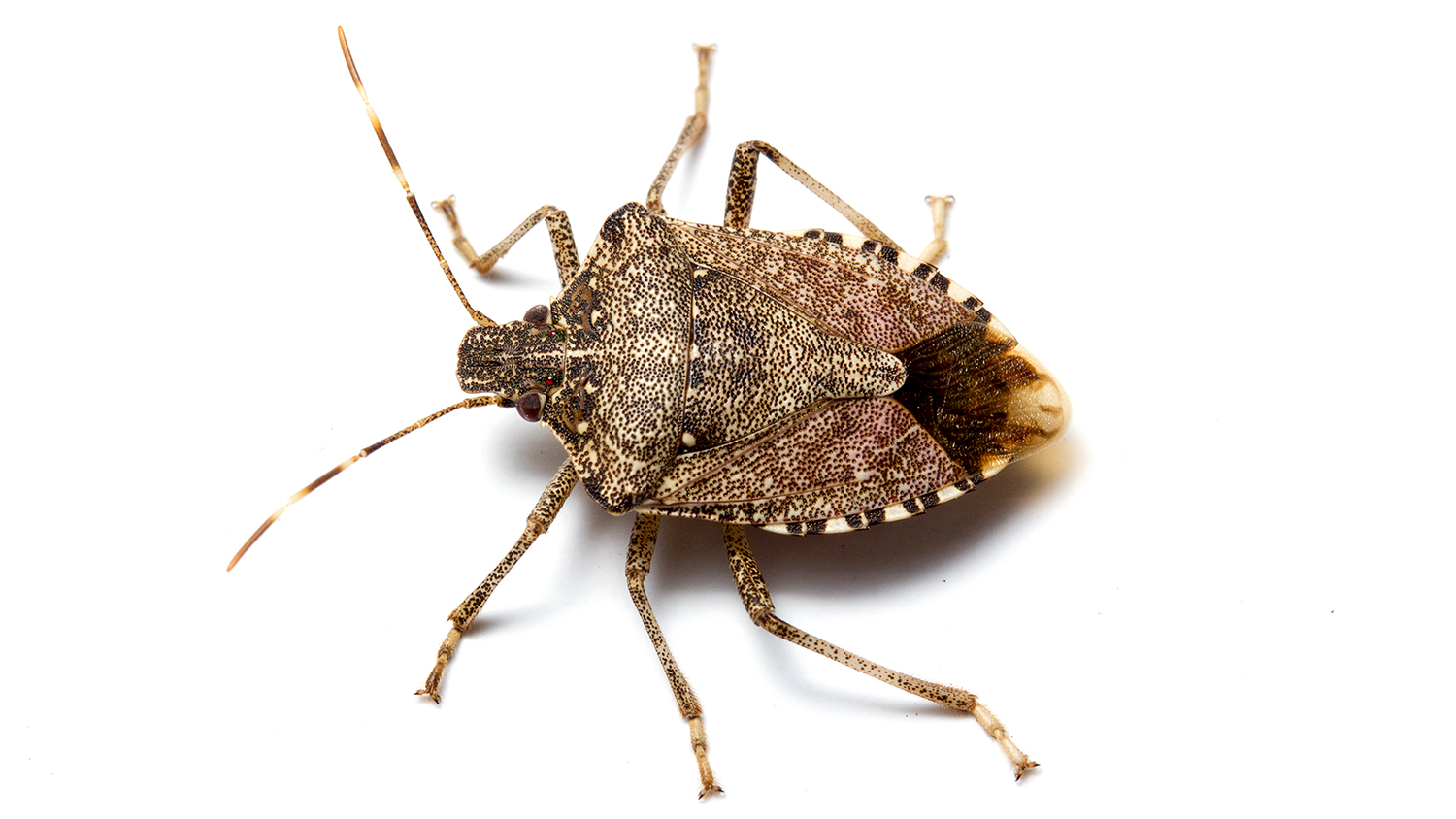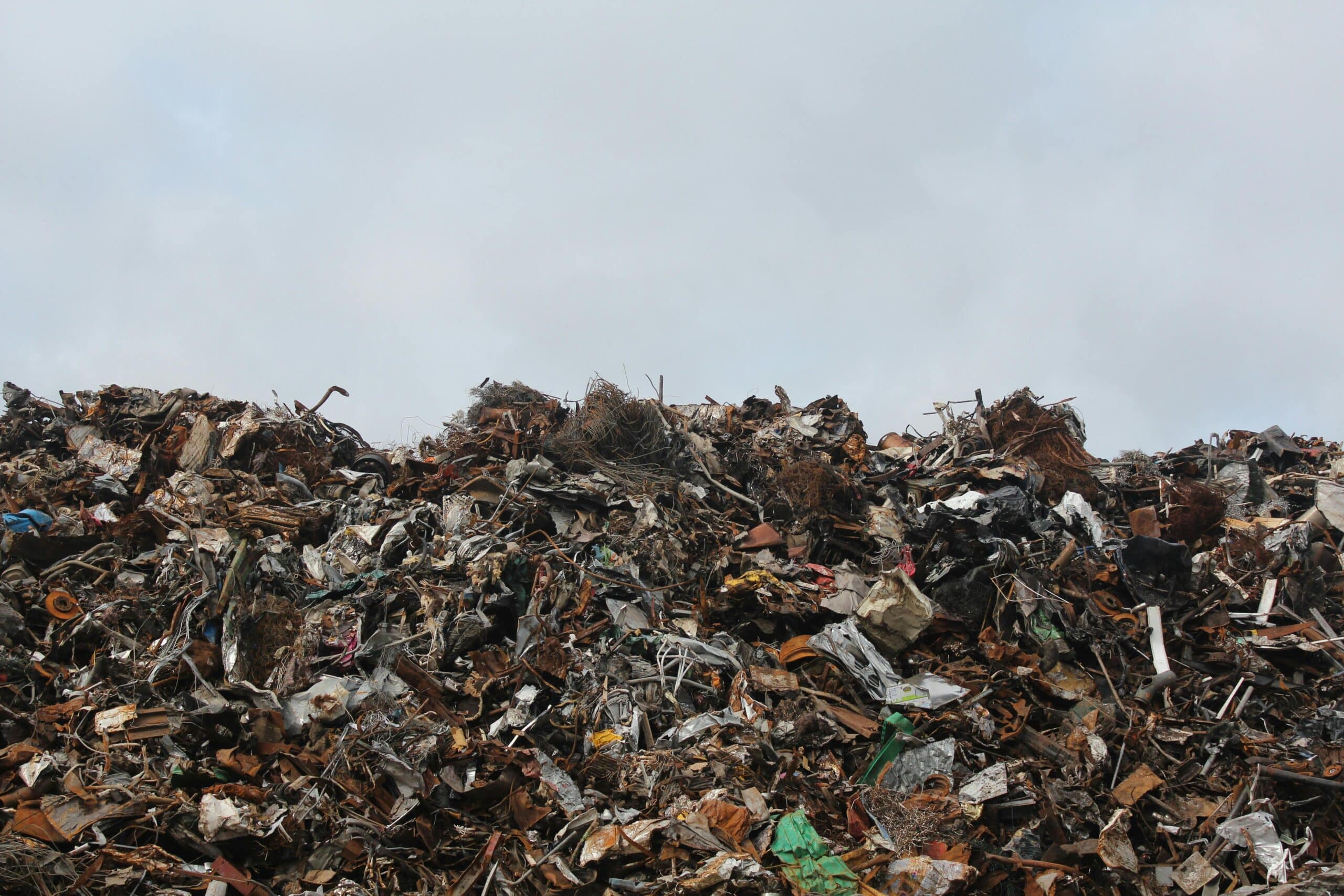Why Do Stink Bugs Stink?

Stink bugs smell, well, bad. And one species, the brown marmorated stink bug (Halyomorpha halys), has become increasingly common in North Carolina in recent years. But why do stink bugs stink? How do they make that smell? And are they dangerous?
What are stink bugs?
“Stink bugs are a family of insects (Pentatomidae), consisting of thousands of species around the world and more than 200 species in the United States and Canada,” says Matt Bertone, an entomologist at NC State University.
“The species you are most likely to find in your house is probably the brown marmorated stink bug, or BMSB,” Bertone says. “This species is native to Asia, but has been found in the U.S. since the late 1990s. It’s a widespread nuisance in homes, and now appears to be an agricultural pest of many crops as well.”
Why do stink bugs stink?
“BMSBs, and most stink bugs, don’t bite or sting to defend themselves,” Bertone says. “Instead, they produce foul odors as both adults and juveniles to discourage predators. Very few predators want to eat something that smells awful. And BMSBs put off a sharp, acrid odor.”
Are stink bugs dangerous?
No. Although the fluids they produce can sometimes cause skin irritation for some people, stink bugs aren’t toxic, and they don’t bite or sting people. Mostly they’re just stinky.
Do stink bugs stink all the time?
Nope. Stink bugs can control when they release the chemicals that produce their namesake stink.
How do stink bugs produce their stink?
“Stink bugs – including BMSBs – have special glands in their thorax that are filled with a chemical cocktail that produces a mix of odors,” Bertone says. “When threatened, a stink bug can release the chemicals onto a rough part of its exoskeleton called the evapatorium. The shape and texture of the evapatorium helps the chemical evaporate more easily, quickly spreading the foul scent into the air – and hopefully discouraging predators.”
Do other bugs produce stinky smells?
Yes. Lots of true bugs, including everything from giant water bugs and water striders to assassin bugs and leaf-footed bugs, produce stinky scents. But stink bugs, as their name suggests, are especially stinky (though some people think leaf-footed bugs are a close second).
Some bugs, like the box elder bug (Boisea trivittata), look similar to stink bugs – but don’t stink at all (they lose the relevant scent-producing glands when they become adults).
How do I get stink bugs out of my house?
“As adults, stink bugs spend the winter in secluded places,” Bertone says. “In nature this is usually under bark or in other hidden places. But human homes are a great surrogate. So in the fall, you may find an abundance of these bugs entering your home to look for hibernation spots (you will also likely see them again in the spring when they leave). If only a few are present, they can be disposed of by hand or using a small container to trap them. With large invasions the bugs can be vacuumed up and disposed of (though this may stink up your vacuum). You can also try using a simple light trap. The best way to prevent re-infestation is to make sure your home is well-sealed to prevent the bugs from getting in in the first place.”
- Categories:


